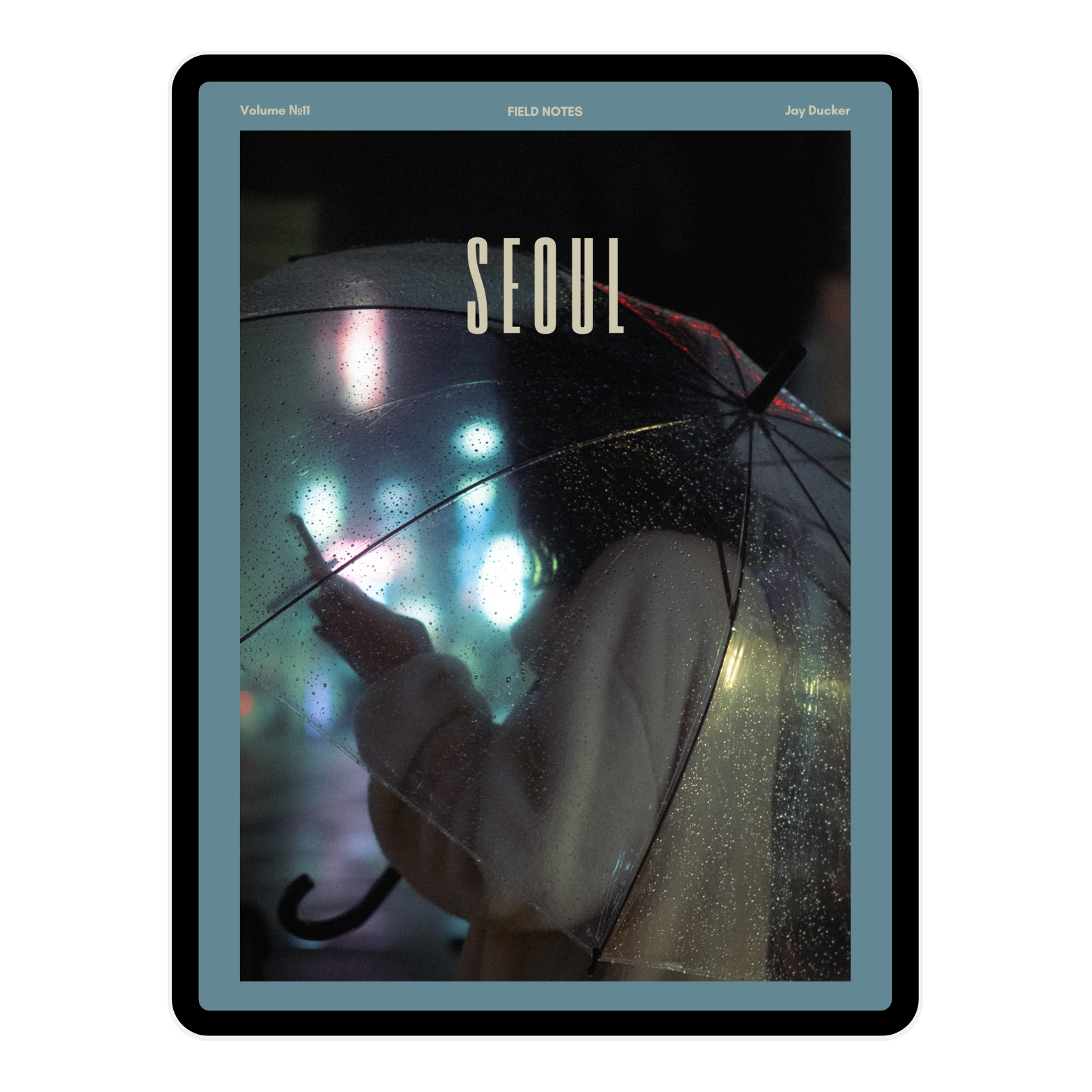The Best Fujifilm Lens for Video: Three Top Picks
If you're wondering what the best lens for your Fujifilm camera is, the answer depends largely on the model you're using. Whether you're shooting with something like the X-H2s or a more compact model like the X-Pro 3, there are some important factors to consider, such as in-body image stabilisation (IBIS) and whether you need optical image stabilisation (OIS) in your lens.
In this post, I’ll share three of my most used lenses for video work, each suited to different needs. Plus, I’ve got a curveball lens to talk about at the end!
1. Sigma 18-35mm f/1.8
Let’s start with my go-to lens for professional work and YouTube – the Sigma 18-35mm f/1.8. I’ve been using this lens for years, having originally bought it for my Canon system before switching it over to my Fujifilm setup. It’s sharp, versatile, and has a great depth of field due to the wide f/1.8 aperture.
This lens is perfect for interviews, talking-head shots, and general YouTube work. The focal length range of 18-35mm offers a nice balance of wide-angle and standard zoom. The image quality is outstanding, but it does come with some downsides. First, it’s big and heavy – around 940g when paired with the Fringer EF-FX Pro II adapter. The autofocus can be noisy, which might be an issue if you’re using a shotgun mic. And, there’s no OIS, so you’ll be relying on your camera’s IBIS for stabilisation.
Despite these issues, I love this lens for its image quality, and it handles all of my corporate, client, and YouTube work.
2. Fujifilm 18-55mm Kit Lens
If you’re looking for something more compact and travel-friendly, the Fujifilm 18-55mm kit lens is a fantastic option. This lens is much lighter than the Sigma and still offers impressive performance. With OIS built in, it provides smooth, stable footage right out of the camera – no post-stabilisation needed.
It’s perfect for vlogging, travel, or b-roll footage, and I took this lens with me on a trip to Italy, where it didn’t disappoint. The 18-55mm focal length offers versatility, though it lacks the wide f/1.8 aperture of the Sigma. The autofocus isn’t as fast or quiet as some would like, but for the price and portability, it's hard to beat. If you're travelling or want something lighter for everyday use, this lens is a solid choice.
3. Fujifilm 16-55mm f/2.8
For those who need a weather-sealed, all-weather option, the Fujifilm 16-55mm f/2.8 is a great choice. It’s built tough, has a constant f/2.8 aperture, and delivers stunning optical performance. The 16-55mm focal length provides flexibility for various shooting scenarios, and with its weather sealing, it’s ready for any conditions.
While the lens is heavier than the 18-55mm kit lens (at 657g), it’s still much lighter than the Sigma. However, there’s no OIS, so you’ll rely on your camera’s IBIS to keep your footage stable. The autofocus is faster and quieter than the Sigma’s, and it’s a solid all-rounder for both video and stills. If you’re shooting outdoors in tough conditions, this lens will be your best bet.
The Curveball: Fujifilm 16-55mm Mark II
Now, for the curveball: Fujifilm recently announced the 16-55mm Mark II. This lens is 37% lighter, 11% shorter, and comes with faster and quieter autofocus. It retains the constant f/2.8 aperture and is weather-sealed – making it an excellent option for video work, especially in outdoor environments.
It also features a clickless aperture ring, which is perfect for video shooters who need smooth, silent adjustments. The only downside? There’s still no OIS, but if you’re using a camera with strong IBIS, this won’t be a huge issue.
Final Thoughts
Each of these lenses has its strengths, depending on your needs. The Sigma 18-35mm is my top pick for professional and YouTube work, while the 18-55mm kit lens is unbeatable for travel and portability. If you need something weather-sealed for outdoor shoots, the 16-55mm f/2.8 is an excellent option, and the new Mark II could be a game-changer for those who want a more compact, video-friendly lens.
Help support this ad-free blog by checking out my products below
*This post contains affiliate links and I will be compensated if you make a purchase after clicking through my links.
As an Amazon Associate I earn from qualifying purchases





















